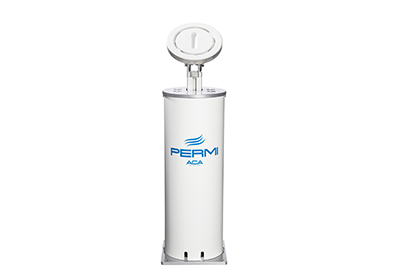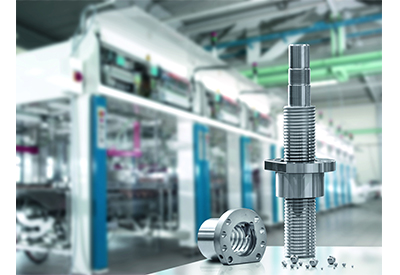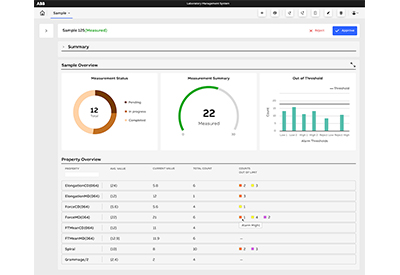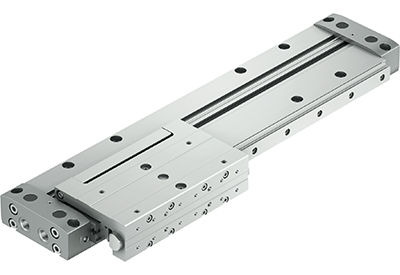Memosens 2.0: New Disinfection Portfolio from Endress+Hauser
July 23, 2024
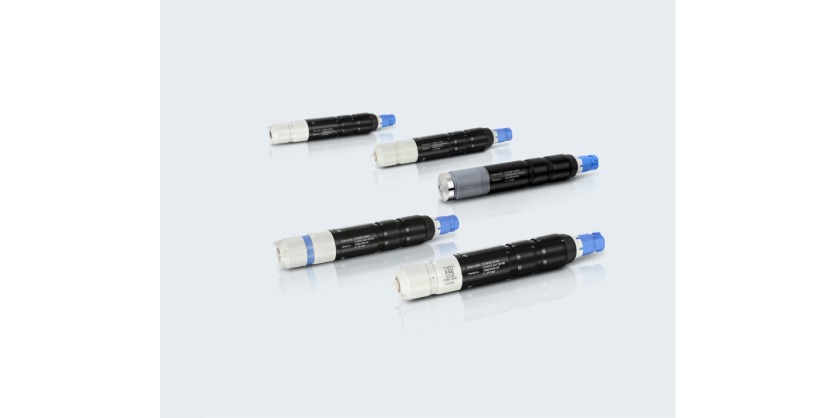
Introducing a portfolio of optimized digital sensors with Memosens 2.0 technology that deliver continuous, reliable water disinfection measurement.
Endress+Hauser is launching a portfolio of optimized digital sensors with Memosens 2.0 technology that deliver continuous, reliable water disinfection measurement. This new generation of disinfection sensors represents an upgrade opportunity for a wide range of water monitoring applications: at water utilities, sewage treatment plants and recreational swimming facilities, in food and pharmaceutical production and in many other industrial processes. They help assure proper dosing of chlorine in drinking water, safe levels of chlorine in swimming pools and discharge water and confirming the absence of chlorine in food and beverage production or chlorine dioxide following Cleaning in Place cycles.
A drawback of other types of chlorine sensors is that they often fail to deliver reliable measurements after lengthy periods in which no chlorine is present. “They tend to fall asleep, so to speak,” says Johannes Kienle, Product Manager at Endress+Hauser Liquid Analysis.
But the new Endress+Hauser Memosens 2.0 chlorine sensors in the disinfection portfolio remain alert and are not deactivated even during periods where there is no chlorine. They start to measure immediately once chlorine is present, so there are no gaps in monitoring, no surges are missed.
“This enables our partners and customers to react immediately to process changes and thus improve dosing of the disinfectant, thereby saving costs,” says Kienle.
Over their lifetime these five new sensors – for chlorine dioxide (model CCS50E), free chlorine (CCS51E), total chlorine (CCS53E), free bromine (CCS55E) and ozone (CCS58E)– will deliver additional cost savings. Other type sensors based on colorimetric measuring methods require use of costly reagents to detect the presence of chlorine. In contrast, the new Endress+Hauser disinfection series uses the amperometric measuring principle to provide measured values instantly and continuously. No reagents are required, which also eliminates the cost and workload associated with their disposal.
These new Endress+Hauser sensors convert the measured value into a robust digital signal and transmit it inductively, irrespective of moisture or other environmental influences. Also, they can be easily and quickly replaced with pre-calibrated sensors directly in the field via a plug-in connection. That means they can be calibrated in the lab, freeing staff in the field to perform more operationally critical, time-sensitive duties.
Two other features lead to cost savings:
• Faster polarization time: With optimized polarization, these disinfection sensors reach a stable display value faster after commissioning. This reduces system downtime and extends production time.
• Low maintenance requirements and predictive maintenance: In addition to the Memosens 2.0 predictive maintenance capabilities supplemented by Endress+Hauser’s own Heartbeat Technology, robust components guarantee that the sensors are low-maintenance. For example, their convex membrane is made of dense and stain-resistant material.
All of these benefits ensure maximum simplicity and ease of use during installation, commissioning and maintenance.
Endress+Hauser now offers a tailored disinfection sensor for every measuring task. These sensors, combined with the Liquiline transmitter platform and Flowfit modular flow assembly (model CYA27), provide complete solutions for the measuring point and digital transfer of measured data to higher-level systems where monitoring takes place.
About Endress+Hauser
Endress+Hauser is a global leader in measurement instrumentation, services and solutions for industrial process engineering. Our products – sensors, instruments, systems and services for level, flow, pressure and temperature measurement as well as analytics and data acquisition – set standards in quality and technology. The company further supports its customers with automation engineering, logistics and IT services and solutions.
Founded in 1953 by Georg H Endress and Ludwig Hauser, the Endress+Hauser Group has been solely owned by the Endress family since 1975. Today, the Group is managed and coordinated by a holding company based in Reinach, Switzerland, employing over 16,532 personnel across the globe. In 2023, the Group generated net sales of 3.719 euros (C$5.48 billion). Endress+Hauser’s production centres in 12 countries meet customers’ needs and requirements quickly and effectively, while its dedicated sales centres and strong partner network guarantee competent worldwide support.
Related Story
Endress+Hauser Offers Simpler Way to Deliver Memosens Sensor Data from Hazardous Areas to PLC
With the launch of a new speciality transmitter module, Endress+Hauser is simplifying the connection of Memosens sensors located in designated hazardous areas of a facility to a PLC or other controller. The intrinsically-safe sensor input modules (2DS Ex-i) slot into a CM44x series Liquiline multichannel controller, which transmits the received sensor data onward to the PLC.


